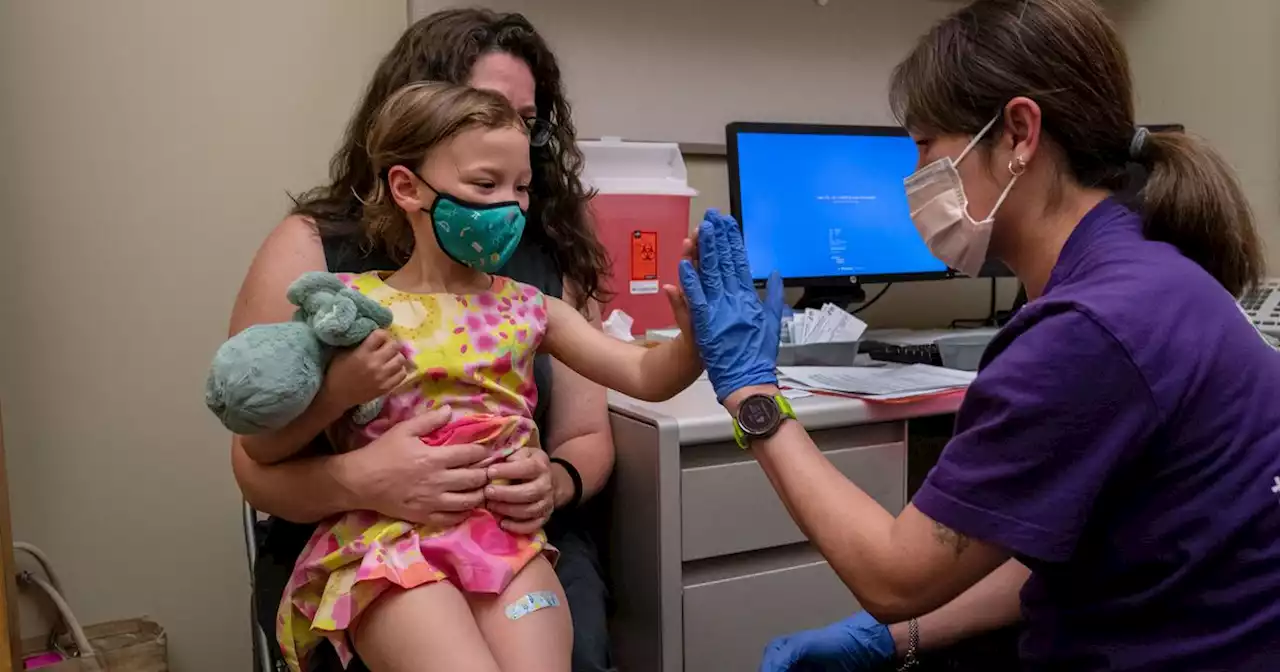NY COVID reinfection and breakthrough rates are soaring. And this new BA.5 study may help explain why
Even though new case rates and, more importantly, hospital admissions and deaths, are a fraction of what they were in January and at other points throughout the pandemic, experts and elected officials are renewing pleas for caution with urgency.
That's problematic because COVID reinfection raises the risk of dying of any cause within six months of the last infection by at least 114%, afound. That same research concluded people with two or more confirmed infections also had three times the hospitalization risk. They also had a higher risk of issues from diabetes, lung, heart and neurological problems to fatigue and kidney and digestive disorders.
The BA.5 subvariant of the omicron variant of COVID-19 accounts for about a third of New York City cases being tested for variants, according to the latest data, though experts agree the actual share is likely much higher than reported.amid a pandemic wave that, unlike those that came before it, was not seeing soaring positivity rates coupled with similarly significant increases in hospitalizations.
United States Latest News, United States Headlines
Similar News:You can also read news stories similar to this one that we have collected from other news sources.
 Omicron sub-variants BA.4, BA.5 make up 70% of COVID variants in U.S. - CDCThe fast-spreading BA.4 and BA.5 sub-lineages of Omicron are estimated to make up a combined 70.1% of the coronavirus variants in the United States as of July 2, the U.S. Centers for Disease Control and Prevention said on Tuesday.
Omicron sub-variants BA.4, BA.5 make up 70% of COVID variants in U.S. - CDCThe fast-spreading BA.4 and BA.5 sub-lineages of Omicron are estimated to make up a combined 70.1% of the coronavirus variants in the United States as of July 2, the U.S. Centers for Disease Control and Prevention said on Tuesday.
Read more »
 Highly Contagious BA.5 Variant Becomes Dominant In U.S. As Covid Cases RiseThe BA.5 strain—a subvariant of omicron—accounted for more than half of all U.S. coronavirus cases last week, as federal regulators encourage drugmakers to retool their vaccines to target new virus strains this fall.
Highly Contagious BA.5 Variant Becomes Dominant In U.S. As Covid Cases RiseThe BA.5 strain—a subvariant of omicron—accounted for more than half of all U.S. coronavirus cases last week, as federal regulators encourage drugmakers to retool their vaccines to target new virus strains this fall.
Read more »
 The BA.5 COVID Surge Is HereThe worrisome Omicron subvariant, which is better at reinfecting people than any other, is now the most dominant strain in the U.S.
The BA.5 COVID Surge Is HereThe worrisome Omicron subvariant, which is better at reinfecting people than any other, is now the most dominant strain in the U.S.
Read more »
